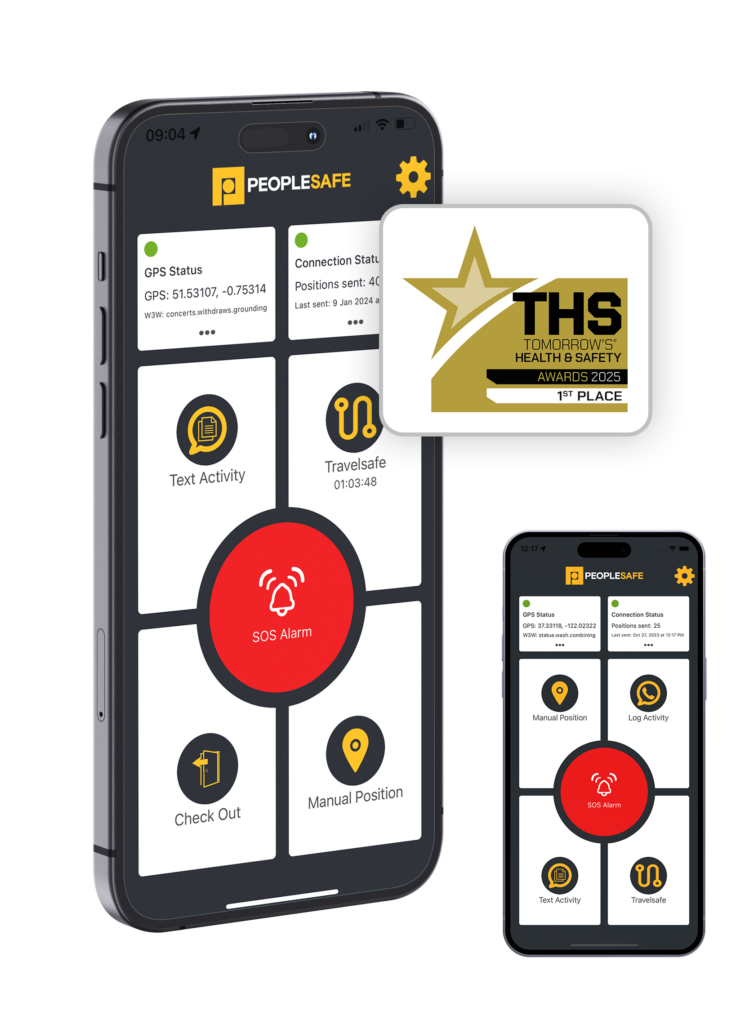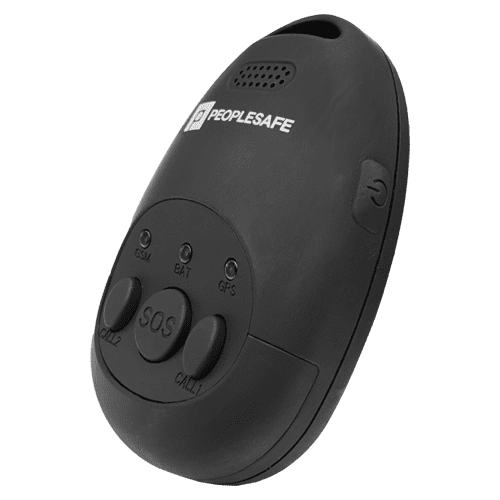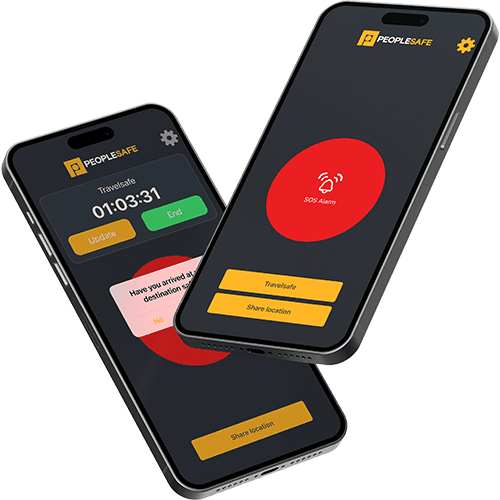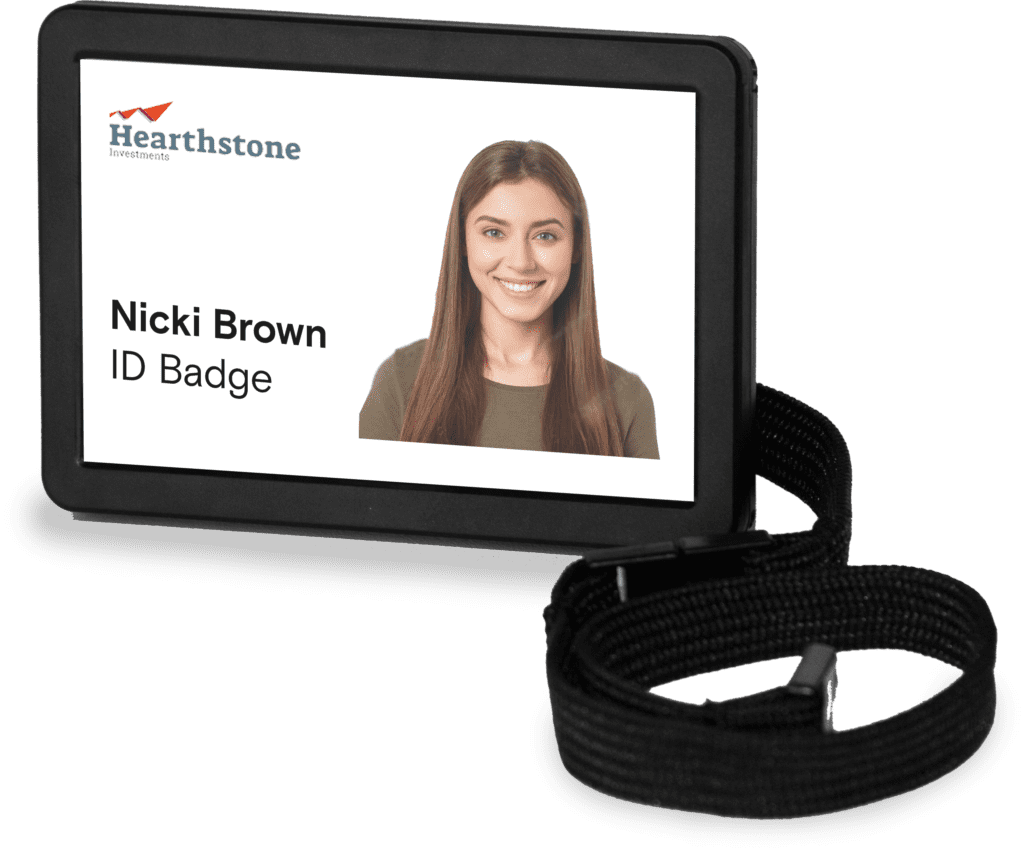Employers’ responsibilities are being extended to ‘workers’ from April 6th
From April 6th, the Personal Protective Equipment Regulations 1992 (PPER) are being updated to the Personal Protective Equipment Regulations 2022.
PPER 1992 places a duty on every employer in Great Britain to ensure that suitable PPE (Personal Protective Equipment) is provided to all employees who may be exposed to risks to their health or safety while at work. The updated PPER 2022 extends this duty to limb (b) workers, where it currently only applies to limb (a) workers.
Limb (a) describes those with a contract of employment. This group are employees under the Health and Safety at Work Act 1974 and are already in the scope of PPER 1992. There are no changes to the duties towards limb (a) workers, so employers should continue to provide high-value PPE, free of charge, in line with the risks identified within their risk assessments.
Limb (b) describes workers who generally have a more casual employment relationship and work under a contract for service. These workers are typically referred to as ‘casual workers’ or ‘dependent contractors’ and are generally registered as self-employed but provide a service as part of your business.
Generally, workers classified as limb (b):
- carry out casual or irregular work for one or more organisations
- after 1 month of continuous service, receive holiday pay but not other employment rights such as the minimum period of statutory notice
- only carry out work if they choose to
- have a contract or other arrangement to do work or services personally for a reward (the contract doesn’t have to be written) and only have a limited right to send someone else to do the work, for example swapping shifts with someone on a pre-approved list (subcontracting)
- are not in business for themselves (they do not advertise services directly to customers who can then also book their services directly)
What this means for employers
By 6th April this year, employers must ensure that there is no difference in the way that PPE is provided to its limb (a) and limb (b) workers.
This new regulation does not alter the HSE’s existing guidance that PPE should be regarded as the last resort and that safe systems of work should always be considered first. Instead, it acts to force employers to take a broader definition of the term ‘worker’ and implement PPE to aid safer working, where risks cannot be controlled.
Any individual working for your business who falls into the limb (b) category must now be provided with PPE, free of charge, as well as training on how to use this PPE. There is still no requirement for PPE to be provided to self-employed workers.
To implement PPE effectively, employers should conduct a thorough risk assessment to help identify the measures and equipment needed to help control the risks identified. If the risk assessment indicates that PPE should be worn, employers must then carry out a PPE suitability assessment.
Once the necessary equipment has been identified, employers must ensure the PPE is:
- provided
- compatible
- maintained
- correctly stored
- used properly
Under these new regulations, the employer will also be responsible for the maintenance, storage and replacement of any PPE they provide. This is a significant change, so businesses need to carefully consider whether the change of law applies to them and make the necessary preparations to comply.
Smart PPE
Our own research has found an overwhelming shift towards the use of technology and smarter solutions to help protect employees. Some firms are already classifying personal safety devices as PPE and the vast majority plan to increase their use of technology within the next few years.
Personal safety technology integrated into organisations’ systems and processes can help to keep all workers safer. Paired with additional features such as geofencing and fall detection, these solutions can provide businesses with a smarter way to equip casual workers with the necessary PPE.
The Lone Worker App is a cost-effective way of protecting your entire workforce, without the rollout of physical equipment. The app can be downloaded onto the user’s smartphone and administrators can edit personal details and access rights in real-time, giving instant protection to those who need it.








